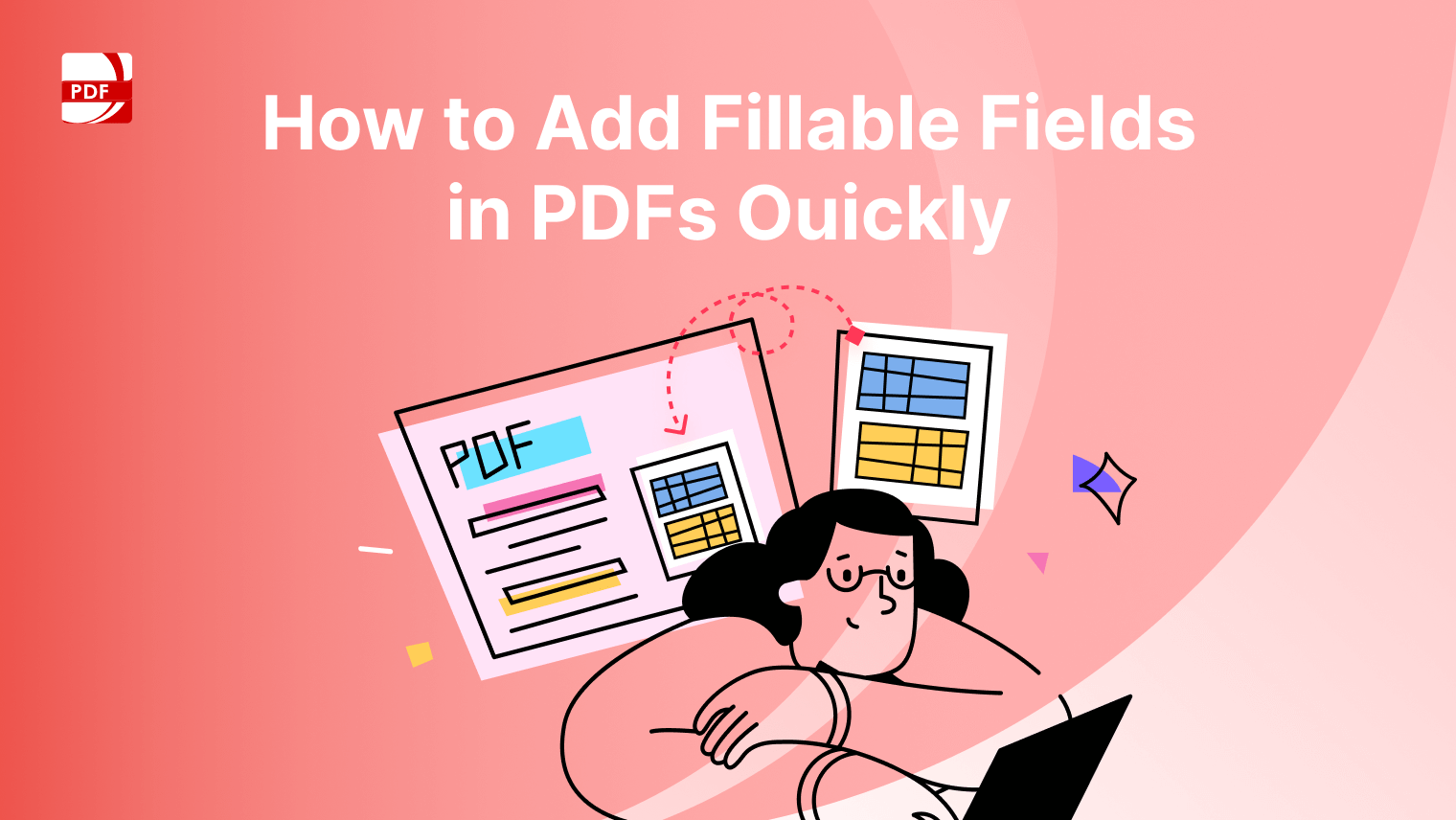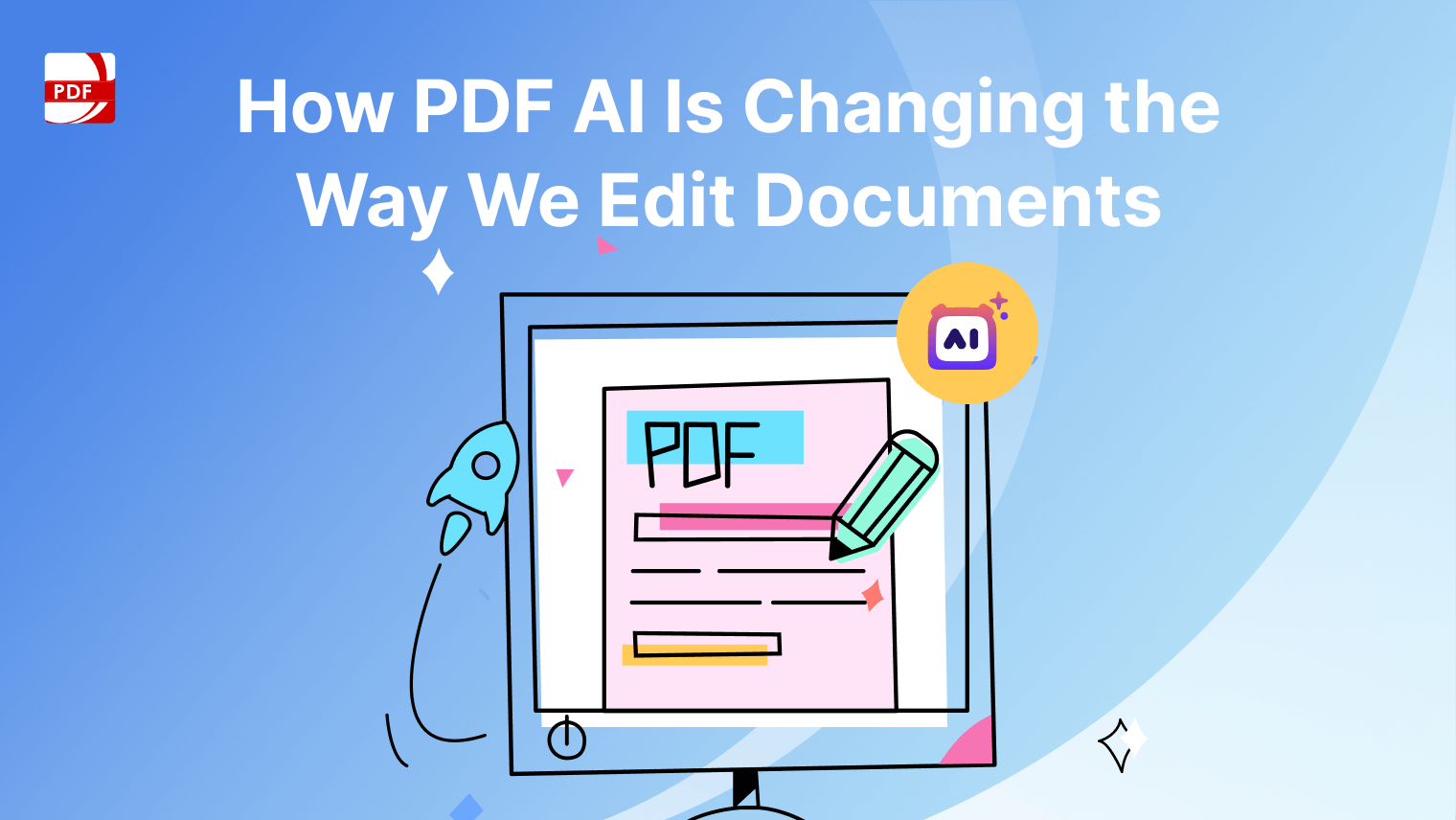In this comprehensive guide, we'll explore the intricacies of how to highlight in Adobe Acrobat, breaking down the steps to ensure you make the most out of this fundamental annotation tool. From the basics of selecting the highlight tool to advanced customization options, we'll guide you through the process with clarity.
Furthermore, we'll delve into best practices to help you use highlighting effectively, ensuring your documents not only capture attention but also convey information with finesse.
How to Highlight in Adobe Acrobat
One of the essential features is the ability to highlight text, making it an elegant solution for emphasizing key points, annotating, or marking sections for review. In this section, we'll guide you through these detailed steps on how to highlight text effectively in Adobe Acrobat.
Step 1: Open Your PDF Document
Launch Adobe Acrobat and open the PDF file you want to work on.
Image Source: Adobe Acrobat
Step 2: Select the Highlight Tool
Navigate to the "Comment" toolbar on the right side of the screen to access PDF editing tools. Click on the highlighter icon, which resembles a highlighter pen.
Image Source: Adobe Acrobat
Step 3: Highlight Your Text
Once the highlight tool is selected, simply click and drag your cursor (using your mouse button) over the text you want to highlight. The selected text will now be highlighted in the color palette associated with the PDF highlighter tool.
Image Source: Adobe Acrobat
Step 4: Adjust Highlight Colour Options and Opacity
If you prefer a different highlight colour or want to adjust the opacity, right-click on the highlighted text, choose "Properties," and customize the editing options to your liking using the colour palette grid.
Image Source: Adobe Acrobat
You can also check our recommendations on How to Highlight Text and Add Sticky Notes in PDF.
Best Practices for Highlighting in Adobe Acrobat
While highlighting text might seem straightforward, adopting best practices while using PDF editor tools can enhance your workflow and ensure your highlights serve their purpose effectively. Here are some tips to make the most out of the highlighter tool in Adobe Acrobat:
1. Choose Appropriate Colors: Use highlighter tool colors strategically. For example, use one color for main points and another for supporting details. This can make your highlights more organized and meaningful.
2. Avoid Excessive Highlighting:Highlighting should emphasize key information, not overwhelm the document. Be selective and focus on the most crucial points to maintain readability.
3. Utilize Comment Tools for Context: If your highlights require additional context or comments, use the comment tools available in Adobe Acrobat. This helps provide more comprehensive insights.
4. Experiment with Opacity: Adjusting the opacity of your highlights can be beneficial, especially if you want to maintain the legibility of the underlying text. Striking the right balance is key.
5. Explore Other Markup Tools: Adobe Acrobat offers various markup tools beyond simple highlighting. Experiment with underlining, strikethroughs, or adding shapes to create a comprehensive annotation system.
6. Use Consistent Highlighting Styles: If you're working collaboratively, establish a consistent highlighting style among team members to ensure uniformity and clarity in communication.
Why Consider Adobe Alternatives?
Considering PDF editors that are Adobe alternatives can be a practical and cost-effective choice for various reasons:
-
Cost Savings: Adobe's products, such as Adobe Creative Cloud and Adobe Acrobat, can be expensive, especially for individuals and small businesses. Alternatives often provide similar features at a lower cost or even for free.
-
Platform Compatibility: Adobe software is primarily designed for Windows and macOS. Alternatives may offer better compatibility with different operating systems, including Linux.
-
Subscription Model: Adobe's move to a subscription-based model for many of its products can be a financial burden for some users. Alternatives often offer one-time purchase options or more affordable subscription plans.
-
Specific Needs: Some users may not require the full range of editing technology offered by your current dedicated PDF software. Alternatives can provide specialized tools tailored to specific needs, which can be more efficient.
-
Performance: Adobe software can be resource-intensive, requiring running high-end hardware smoothly. Alternative editing programs may be more lightweight and run well on less powerful systems.
-
Privacy and Data Security: Concerns about data privacy and security have led some users to seek alternatives with more transparent data practices.
-
Open Source and Community Support: Many Adobe alternatives are open-source software, developed and maintained by communities. This can lead to frequent updates, user-driven improvements, and a sense of ownership for users.
-
Customization: Some alternatives allow for greater customization and integration with other software, making them suitable for more tailored workflows.
-
Reduced Learning Curve: Adobe software can be complex and feature-rich, which can lead to a steep learning curve. Alternatives may have simpler interfaces and workflows that are easier for beginners to grasp.
-
Cross-Platform Compatibility: Alternatives often have better cross-platform compatibility, making it easier to collaborate with users in the editing process on different systems.
-
Innovation and Competition: Competition from alternatives can drive innovation and force Adobe to improve its products. This benefits users by pushing software companies to continuously enhance their offerings.
-
Specialized Editing Features: Some Adobe alternatives offer specialized tools for specific tasks, such as video editing, graphic design, 3D modeling, or PDF editing, which may be more suitable for certain professionals.
"PDF Reader Pro's blend of advanced features with user-centric simplicity makes it the go-to choice for educators and students alike."Naaziyah IsmailB2B SaaS Content WriterSource: LinkedIn
Highlighting in Adobe Acrobat: FAQs
Can I remove a highlight once applied?
Yes, you can remove a highlight by selecting the highlighted text, right-clicking, and choosing "Delete" or using the "Ctrl + Alt + M" shortcut.
Can I change the default highlight color?
Yes, you can customize the default highlight color. Go to "Edit" > "Preferences" > "Commenting" > "Color" to modify the default highlight color.
How do I highlight scanned documents?
Adobe Acrobat's OCR feature enables you to highlight text in scanned documents. Run OCR first, then proceed with the highlighting process.
Can I highlight non-text elements, such as images or shapes?
The highlight tool in Adobe Acrobat is designed for text. However, you can use other markup tools like the drawing tool to emphasize non-text elements.
Do highlights show when the document is printed or shared?
Yes, highlights are visible when printing or sharing a PDF. However, it's advisable to check the document settings to ensure annotations are included in the output.
Now that you've mastered the art of highlighting in Adobe Acrobat, you can elevate your PDF reading and editing experience. Experiment with different colors, styles, and tools to find the highlighting approach that suits your needs best. Whether you're reviewing documents, collaborating with colleagues, or studying, effective highlighting can significantly enhance your productivity and understanding of the content.



